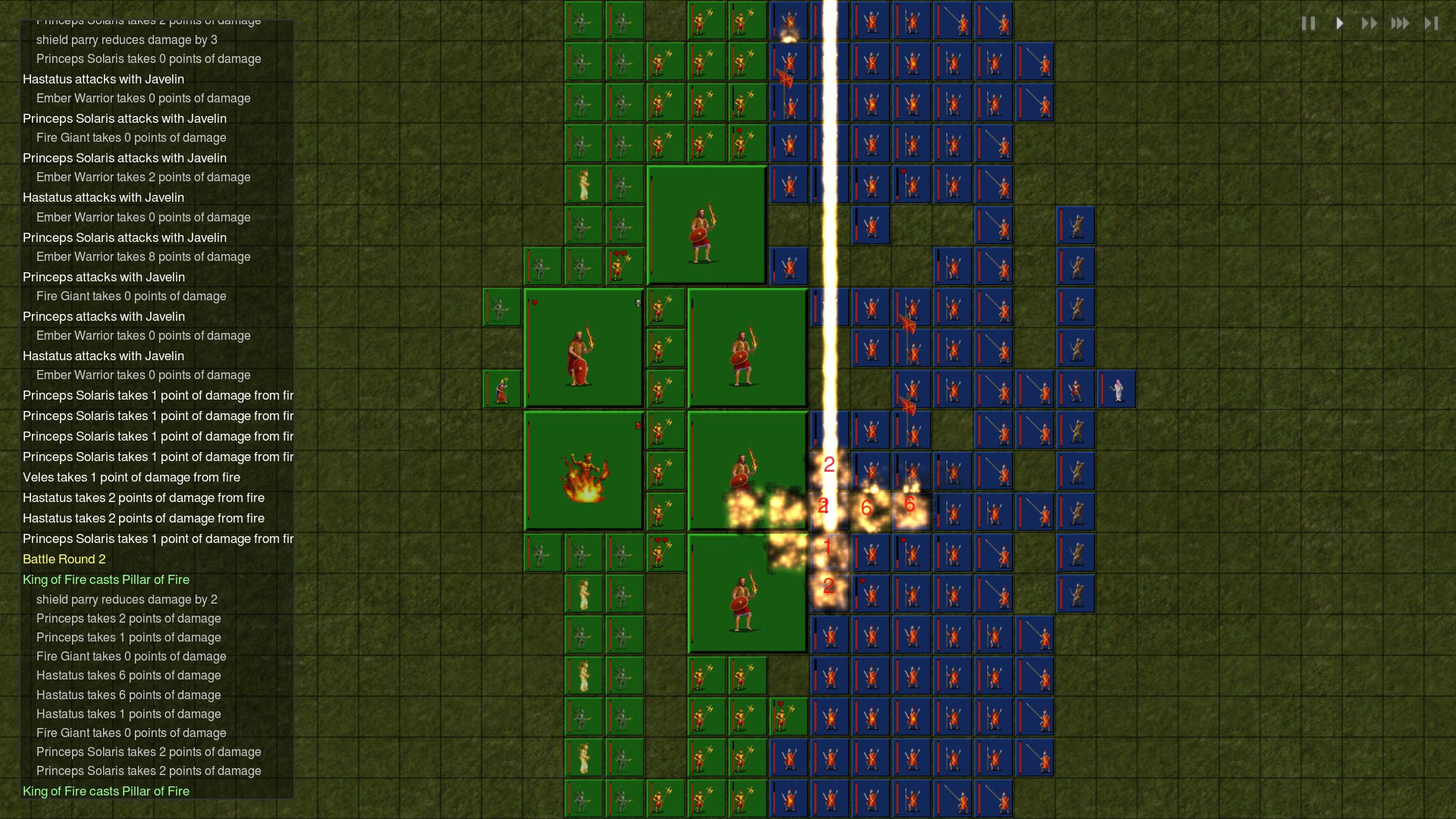

In the French 1752 edition (called Nouvelle Édition, corrigée & augmentée, i.e., "New Edition, corrected and augmented"), however, this reads as ".

His reason for regarding this interpretation as "more than probable" is that horse-dung is "very combustible, when dry". De Givry is expressly using the 1722 edition, where the phrase is, according to John Livingston Lowes " du Sisame et de la Ponie" and de Givry notes that the meaning of "ponie" as "horse dung" is entirely unknown "to us", but that in local Lower Normandy dialect, it has that meaning. Next make a kind of candle from the fat of a gibbeted felon, virgin wax, sesame, and ponie, and use the Hand of Glory as a candlestick to hold this candle when lighted, and then those in every place into which you go with this baneful instrument shall remain motionlessĭe Givry points out the difficulties with the meaning of the words zimat and ponie, saying it is likely "ponie" means horse-dung. If the sun is not strong enough put it in an oven with fern and vervain. Leave it in this vessel for a fortnight, then take it out and expose it to full sunlight during the dog-days until it becomes quite dry. Then put it into an earthenware vessel with zimat, nitre, salt and long peppers, the whole well powdered.

Take the right or left hand of a felon who is hanging from a gibbet beside a highway wrap it in part of a funeral pall and so wrapped squeeze it well.
Conquest of elysium 5 necromancer how to#
The 1722 Petit Albert describes in detail how to make a Hand of Glory, as cited from him by Émile-Jules Grillot de Givry:


 0 kommentar(er)
0 kommentar(er)
